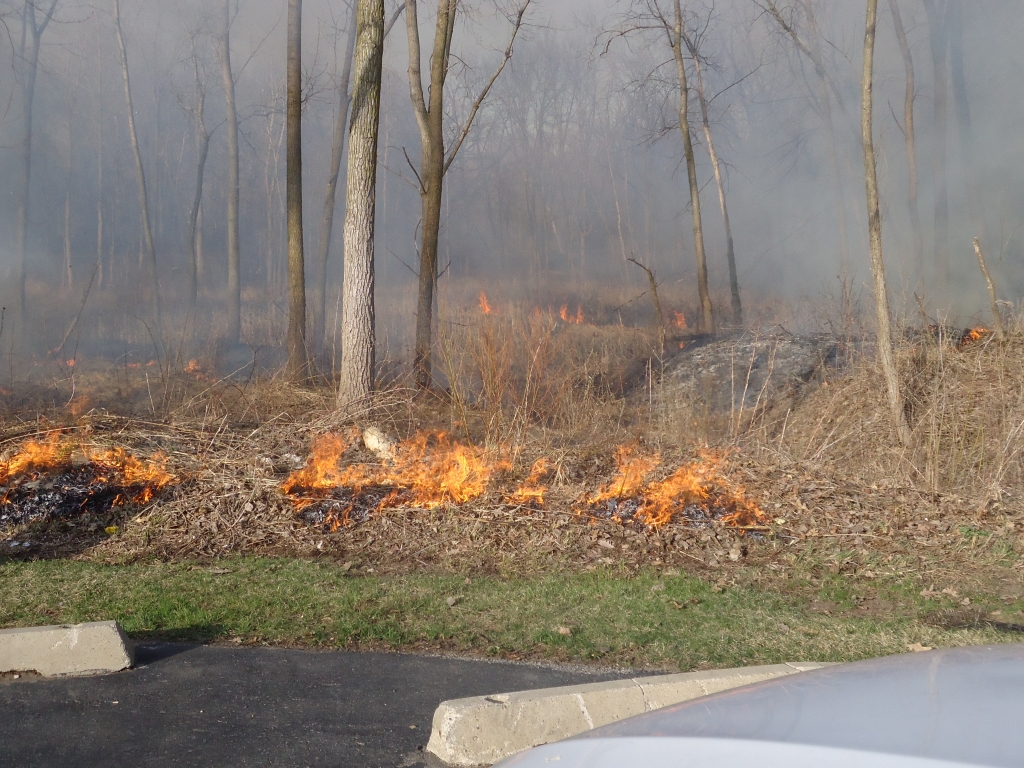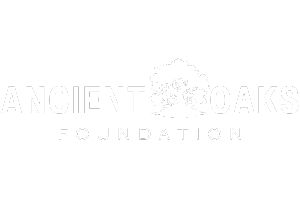Habitat restoration is the process by which we replace a degraded native area with an area that is ecologically healthy and biologically diverse. When invasives are cleared and native seed replanted, nature rewards us with a habitat that in inviting to birds, wildlife and humans.
Invasives are plants that are growing, uncontrolled, in a habitat where they do not belong. Often they have been introduced accidentally from neighboring yards. Invasive species displace native plants by competing for water, nutrients and sunlight.
Why habitat restoration?
Most Lake Zurich area woods are dominated by oaks and hickories. Once a woods is clogged by invasives such as buckthorn and honeysuckle, there is insufficient light for tree seedlings to survive. Older trees die and there are few young trees to replace them. Invasives are not good sources of food but they produce huge amounts of seed that sprout and overtake a woodland. Buckthorn in particular produces berries that cause diarrhea in birds so those seeds are spread to other areas. Habitat restoration is needed to remove these invasives and replace them with native plant species. Eventually these rare oak woodlands and natural areas die off.
What is the restoration process?
The first step is to remove the invasives. In woodlands the most common technique is to cut the tree down as close to the ground as possible. Cutting is then followed by an appropriate herbicide application by a certified team member. Without this herbicide application most of these trees will re-sprout. Girdling invasive trees is also effective.
Flowering invasives such as garlic mustard and Canada thistle are pulled before they produce seed to keep it from spreading.
After an area has been cleared of invasives we spread native seed appropriate for that area- sunny, shady or wetland. Most native seed needs to overwinter in order to germinate and take a few years to establish.
Wetlands are an important source of water for wildlife and water filtration for humans. Invasive common reed (also known as phragmites) quickly overtakes a wetland if not kept in check. Specialized herbicides, safe for use around water, can be used early in an infestation to lessen the disastrous effects of common reed. Mowing can also be used to control invasives.
The occasional prescribed burn completes our arsenal of methods of controlling invasives. When natural areas are restored, native seeds that have been in the soil germinate and grow. A healthy blance is returned and wildlife has a home in which it can thrive. Humans have wonderful places to explore.

The Ancient Oaks Foundation advocates for prescribed burns for the villages natural areas, like this burn at the Oak Ridge Marsh Nature Park in spring of 2014.

